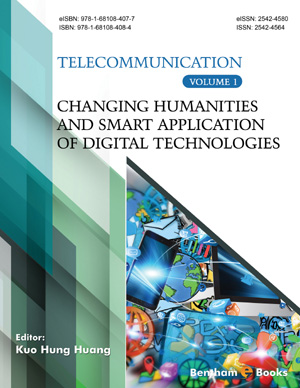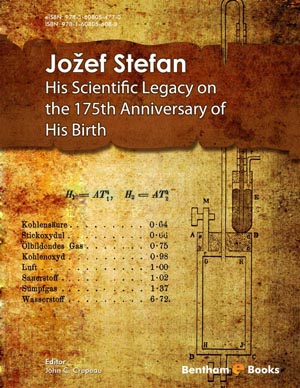Abstract
This study examines the effects of the city and places on people in the
coexistence of the disciplines of cinema and architecture, through the movie “Roman
Holiday”. Cinema and architecture are similar in terms of constructing the space lived
and experienced. Architecture creates spaces based on lifestyles, human needs, and
expectations, whereas, in cinema, spaces are needed in order to tell stories. Cinema
spaces can be created and designed in different ways depending on the characteristics
of the movie. From time to time, the movies occur in actual places where life continues
in its ordinary course. In both cases, space becomes the most important part of human
life and the story told.
In this study, the movie “Roman Holiday” was evaluated in the context of human-space
and city relations. In different cultures and times, human life emerges and is shaped
through space, and in the meantime, space continues to be an important part of human
life. In the movie, while various sections from the life of a princess are shown, the
effect of the city and urban spaces on human behavior are analyzed through the city of
Rome and its places.
The city of Rome and its places can be evaluated by their functions, forms, and
physical features. With these evaluations, numerical results can be obtained. However,
in order to understand the intertwined connection between people and space and the
communication they establish, it is necessary to evaluate people and human life. The
main preoccupation of human-centered disciplines is to understand these connections.
While evaluating the spaces in the unity of architecture and cinema, the effects of urban
spaces on human life are observed through the story told in the movie. This study aims
to question the ways in which the relations between the city, society, and the individual
are constructed through space through the example of Roman Holiday movies.








